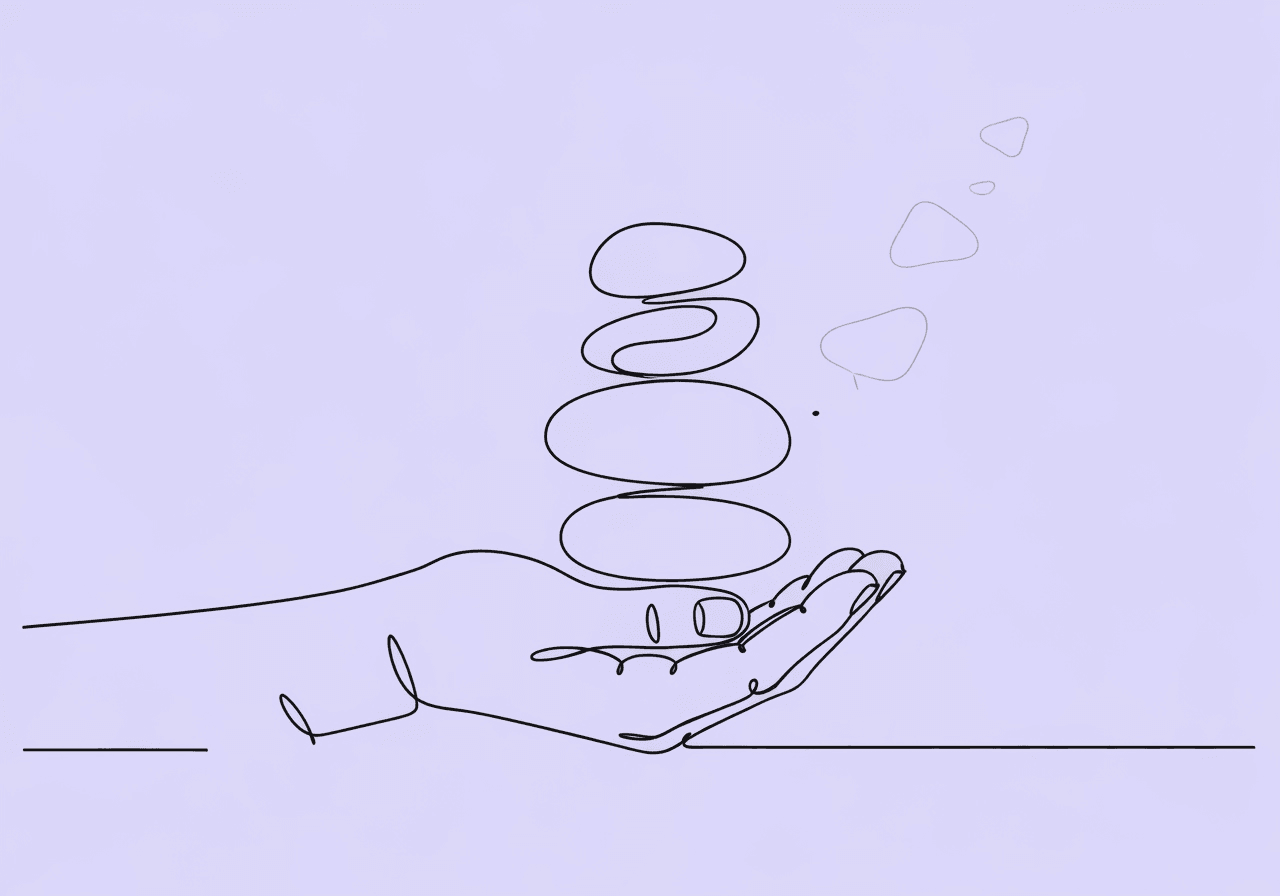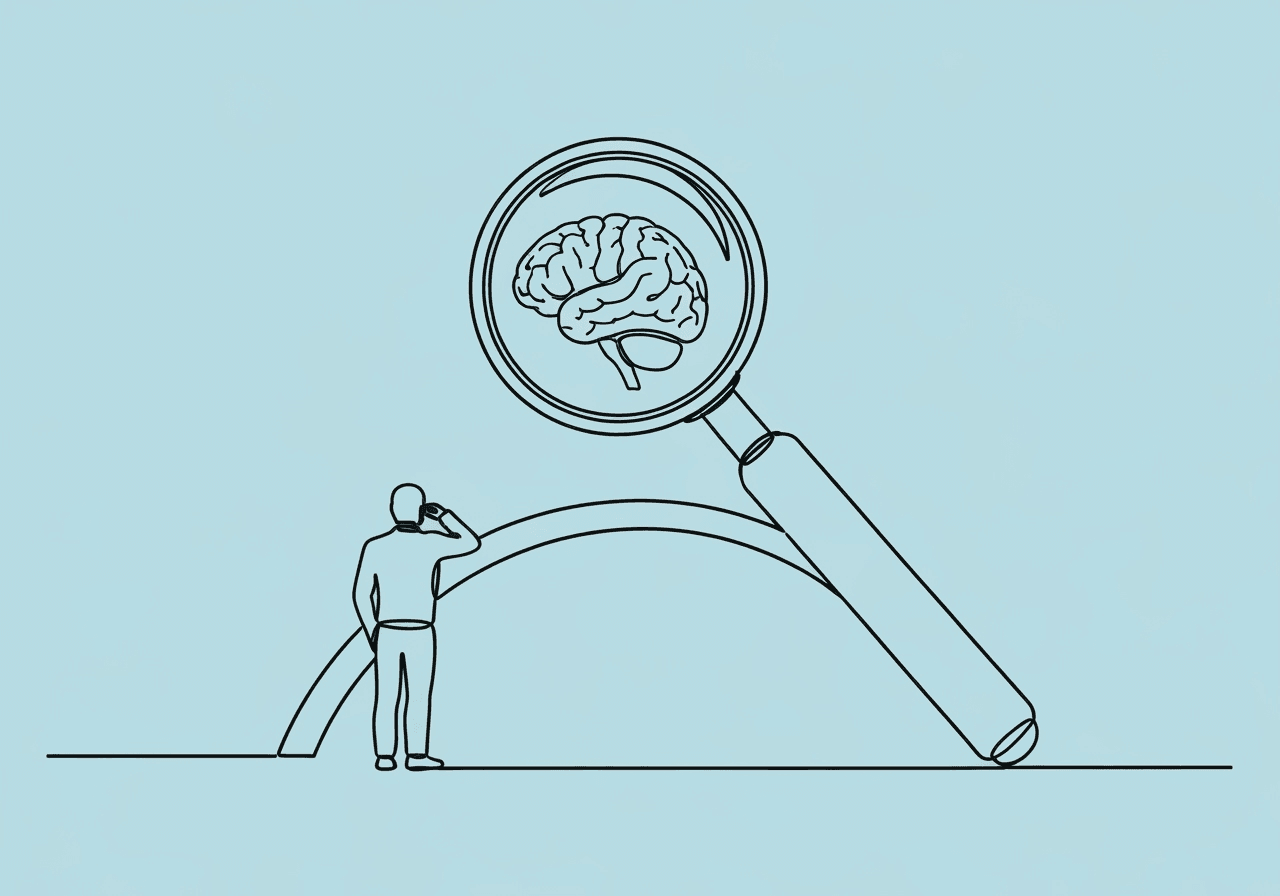ABA Instructional Terminology: Core Strategies Glossary

Applied Behavior Analysis (ABA) relies on precise ABA instructional terminology to drive effective therapy sessions. For Registered Behavior Technicians (RBTs) and Board Certified Behavior Analysts (BCBAs), mastering terms like pairing, behavioral skills training, and behavioral momentum is crucial for building rapport, teaching new skills, and promoting compliance. These evidence-based strategies help reduce challenging behaviors and foster meaningful progress for clients.
This guide covers pairing to build rapport, the four steps of behavioral skills training, and behavioral momentum in sequence.
- Pairing: Establishes the therapist as a source of positive reinforcement, which builds trust and improves client engagement.
- Behavioral Skills Training (BST): Provides a structured, four-step method for teaching complex skills effectively.
- Behavioral Momentum: Uses a sequence of easy tasks to increase compliance with more challenging ones.
ABA Instructional Terminology: Pairing for Rapport
Pairing is the process where a therapist becomes a conditioned reinforcer by associating their presence with positive stimuli, like toys or praise, without placing demands. This rapport-building technique establishes the therapist as a source of trust. In alignment with BACB ethical standards for building positive therapeutic relationships, pairing avoids early instructional demands to prioritize the client's motivation.
The purpose of pairing is to create a positive therapeutic environment that enhances engagement and minimizes escape-motivated behaviors. It transforms the therapist into a "giver of good things," which is vital for clients who may find therapy aversive, as noted by the Autism Society of North Carolina. For RBTs, this means starting a session by offering a favorite game without prompts. For BCBAs, it involves modeling this rapport-building with families during intake. This approach can increase session attendance by associating therapy with reinforcement, as detailed in a study on therapist-client interactions.
Behavioral Skills Training in ABA: A Four-Step Method
Behavioral skills training ABA, or BST, is a systematic procedure used to teach complex skills. This evidence-based method ensures learners can perform skills independently and generalize them across different settings. BST is highly effective for teaching social, adaptive, or vocational behaviors and leads to better retention than instruction-only methods. Research confirms BST's efficacy, showing improved outcomes when all four steps are used.
The BST process begins with clear instructions, followed by the therapist modeling the skill. Next, the client rehearses the skill with guidance, and the process concludes with specific, constructive feedback. For example, an RBT teaching handwashing would first explain the steps, then demonstrate them, guide the client through practice, and offer praise and corrections. This versatility, as highlighted by resources on ABA skill training, supports diverse applications from one-on-one therapy to parent workshops.
Behavioral Momentum in ABA: Using High-P Sequences
Behavioral momentum in ABA refers to the use of a high-probability (high-p) to low-probability (low-p) request sequence. This technique builds momentum by having a client perform several easy, high-success tasks before presenting a more difficult one, increasing the likelihood of compliance.
In treatment, behavioral momentum is used to reduce noncompliance and boost motivation for skill-building activities. A foundational study on high-p sequences demonstrated that this method significantly improved compliance rates. An RBT might use this by asking a client for a high-five and a clap (high-p tasks) before asking them to sit at a table for work (a low-p task). This strategy is especially useful for clients with escape-maintained behaviors, as described in guides on understanding behavior momentum.
Frequently Asked Questions
How can I effectively use pairing to build rapport with a new client?
Start sessions by offering preferred items and activities without placing any demands. Focus on being fun and responsive for the first several minutes to associate yourself with positive reinforcement. This builds trust and reduces anxiety, as explained by ABA therapy experts.
What are the four steps of behavioral skills training in ABA?
The four steps are instruction (explain the skill), modeling (show how it's done), rehearsal (let the client practice), and feedback (provide reinforcement and correction). Following this sequence is key to active learning, as validated by clinical psychology resources. BCBAs use it to train staff, leading to high skill mastery—often 85-96%—as shown in studies on BST dissemination.
How does behavioral momentum differ from other compliance-building techniques?
Unlike simple prompting, behavioral momentum uses a history of reinforcement to build persistence, making challenging tasks more approachable without coercion. It focuses on creating behavioral persistence rather than just providing an immediate reward, as explained in a Journal of Applied Behavior Analysis review.
What are common mistakes to avoid when implementing BST?
Skipping the rehearsal step or providing vague feedback can hinder a client's ability to generalize a skill. It is crucial to implement all four components for the training to be effective, as incomplete steps significantly reduce efficacy and skill retention.
Can behavioral momentum be used in group or classroom settings?
Yes. A teacher or therapist can issue several quick, high-probability requests to the entire group (e.g., "Everyone touch your nose!") before giving a low-probability directive like "Time to clean up." This promotes collective compliance, per guidelines from the Nebraska Autism Spectrum Disorders Network.
Mastering ABA instructional terminology like pairing, behavioral skills training, and behavioral momentum empowers RBTs and BCBAs to create effective and supportive interventions. When applied with fidelity, these strategies build critical skills and strengthen therapeutic relationships, leading to measurable progress for clients. By prioritizing these evidence-based tools, you can deliver therapy that is both impactful and compassionate.
Popular in Study Guides & Training
Popular in Study Guides & Training
Related Resources
Explore more helpful content on similar topics

Master ABA Competency Training Terms for Ethical Practice
Master key ABA competency training terms to enhance your ethical practice in applied behavior analysis. Discover CBT essentials, Behavioral Skills Training components like instruction, modeling, rehearsal, and feedback, plus procedural integrity for BCBAs and RBTs.

Radical Behaviorism Glossary for ABA: Key Terms
Dive into the essential Radical Behaviorism glossary for ABA. Master terms like private events, mentalism, and explanatory fiction to craft objective session notes and precise FBAs. Ideal for BCBA and RBT professionals.

Essential Visual Analysis Terminology for ABA
Unlock essential Visual Analysis Terminology in ABA to master graph interpretation. Explore definitions for Level, Trend, Variability, Data Path, and more – ideal for BCBAs, RBTs, and professionals seeking to enhance behavioral analysis skills.